February 5, 2025 | 10:09 GMT +7
February 5, 2025 | 10:09 GMT +7
Hotline: 0913.378.918
February 5, 2025 | 10:09 GMT +7
Hotline: 0913.378.918
The Mekong Delta is known as the country's key region for exporting agricultural, forestry, and fishery products. Every year, the entire region's need to transport exported goods reaches tens of millions of tons. However, the scattered and fragmented logistics supply chain with a shortage of large centers has become a major bottleneck for the region.

Logistics costs in the Mekong Delta are accounting for 30% of product costs, making the region's goods less competitive. Photo: Kieu Trang.
Mr. Dong Van Thanh, Secretary of the Hau Giang Provincial Party Committee, said that the above-mentioned limitations make the region's logistics supply chain unable to fully meet the demand for exporting agricultural products. In addition, the seaport system in the region, especially deep-water ports serving large-capacity shipping vessels, is now lacking, causing storage and yard costs to increase.
On the other hand, there is a shortage of key logistics centers and satellite center systems; warehouses and empty container yards at ports; and food hygiene and safety inspection and goods irradiation units. This leads to most goods in the region having to be transported to Ho Chi Minh City and some other provinces for export, increasing costs for businesses.
According to calculations by the Vietnam Chamber of Commerce and Industry (VCCI) branch in the Mekong Delta (VCCI Can Tho), logistics costs are currently the highest, up to 30% of product costs. This makes Mekong Delta agricultural products less competitive compared to agricultural products from Thailand and China.
Ms. Ngo Tuong Vy, CEO of Chanh Thu Fruit Import-Export Group JSC, said that fresh fruit export output is tending to decrease in some markets due to high transportation costs by air. Compared to transportation methods by sea, transportation costs by air are 15 times higher.

Investing in the field of providing logistics service chains for exported agricultural and fishery products is correct in the current context. Photo: Kieu Trang.
Typically, the cost of transporting fresh fruits to the US market by air ranges from USD 6 to 6.2/kg. Exporting lychees to Japan also incurs transportation costs of USD 3.8–4.2/kg.
Therefore, in addition to developing logistics supply chains, businesses need to invest in post-harvest processing and preservation technology to ensure the quality of agricultural products when transported over long periods of time by sea.
Recently, in Hau Giang province, Hanh Nguyen Logistics Company officially operated Hau Giang Export Agricultural Product Logistics Center. Including agricultural and fishery products and fresh fruit irradiation factories, with a capacity of about 1,000 tons/day; cool storage and -18-degree cold storage system, with a capacity of 100,000 tons of finished products; and storage system for up to 23,000 pallets.
According to Mr. Nguyen Van Hoa, Vice Chairman of the Hau Giang Provincial People's Committee, high logistics costs are reducing opportunities for businesses to increase exports, business efficiency, and product quality. Putting into operation the Hau Giang Export Agricultural Product Logistics Center is expected to solve the logistics problem for the Mekong Delta region.
"Investing in the field of providing logistics service chains for exported agricultural products is correct. This contributes to maintaining and developing the agricultural product preservation and processing industry, affirming the brand of Vietnamese agricultural products in the international market," Mr. Hoa emphasized the importance of investing in the Hau Giang Export Agricultural Product Logistics Center project.

The Hau Giang Export Agricultural Product Logistics Center project has a scale of about 11 hectares, with a total investment capital of nearly VND 1,500 billion. Of which, the irradiation factory system has an investment of about VND 700 billion. Photo: Kieu Trang.
The Hau Giang Export Agricultural Product Logistics Center project has a scale of about 11 hectares, with a total investment capital of nearly VND 1,500 billion. Of which, the irradiation factory system has an investment of about VND 700 billion. The Center is designed to meet hygiene standards, ensuring that goods are preserved and meet international standards. Thereby, helping to improve product quality and save time and transportation costs, especially close goods service chain from post-harvest to transportation to consumers.
Mr. Pham Tien Hoai, General Director of Hanh Nguyen Logistics, hopes that, with the values brought by the closed logistics service chain, it will help businesses in the Mekong Delta region reduce production costs, improve the quality of agricultural products, and create strengths to help Vietnamese agricultural products compete with countries in the region and the world.
Mr. Hoai expects that Hanh Nguyen Logistics's completion of the logistics ecosystem according to the "one destination–multi-service" model will help logistics costs in the Mekong Delta region reduce from 30% to 15%.
Additionally, in 2024, this business will be a packaging facility that meets standards for exporting fresh fruit to the Chinese market, ensures international standards FSSC 22000 and HACCP, and is nominated in the list of cold storage facilities for preserving seafood and aquatic products exported to the EU.
The entire Mekong Delta currently has 7 seaports, 57 inland waterway ports, and nearly 4,000 wharves. The largest is Long An International Port, capable of receiving ships of 70,000 tons. Following is Cai Cui Port (Can Tho City), with the ability to receive ships of 20,000 tons.
Translated by Thu Huyen
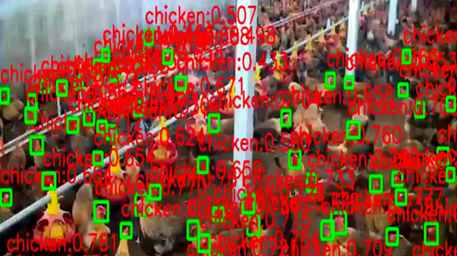
(VAN) In 2025, Xiashu Technology invested heavily in the R&D of artificial intelligence algorithms and is committed to the intelligent improvement of poultry hatching, breeding, and slaughtering.
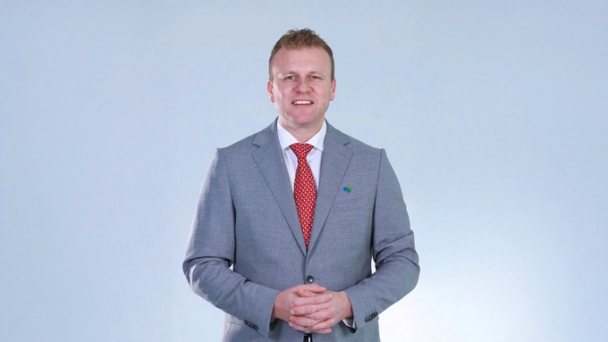
(VAN) Mr. Johan van den Ban - CEO of De Heus Vietnam, encouraged international businesses to come to Vietnam to see firsthand the investment potential in the agricultural sector.
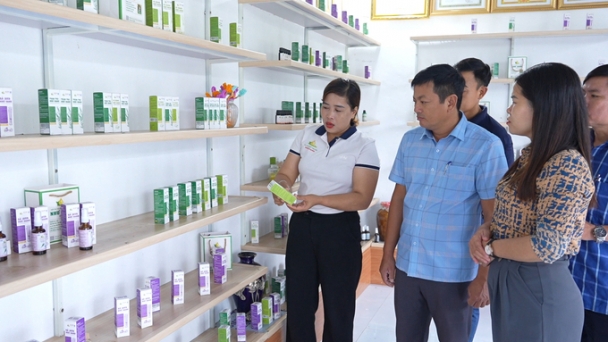
(VAN) The Nhu Oanh essential oil cooperative has expanded its medicinal plant cultivation area to 60 hectares and supplies over 300.000 seedlings annually.
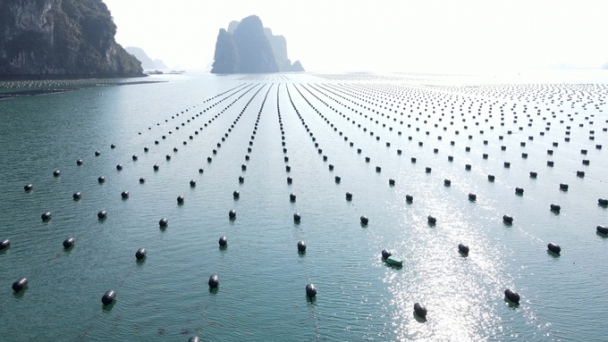
(VAN) Deputy Minister of Agriculture and Rural Development Phung Duc Tien emphasized this at the conference on ‘Development of mollusk and seaweed production’ held on the morning of December 26 in Nam Dinh.
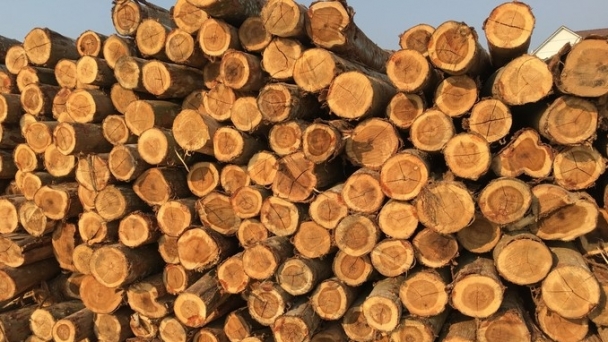
(VAN) Small planted forest timber is currently priced at 1.5 million VND/ton; large timber is priced at up to 1.8 million VND/ton; large timber with FSC certification is priced 20-30% higher than normal large timber.
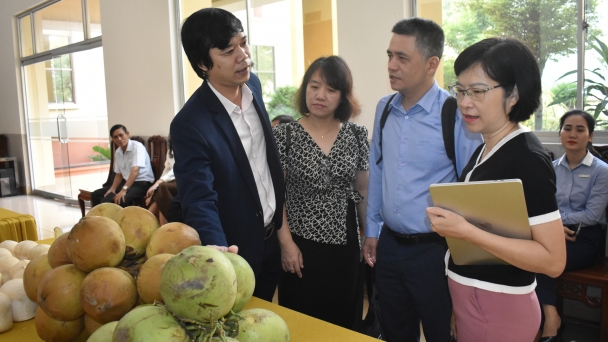
(VAN) The Vietnam Coconut Association has noted that the water coconut industry is thriving in Vietnam. Nevertheless, its development is still uneven, suggesting that there is a substantial untapped opportunity to attract foreign investors.
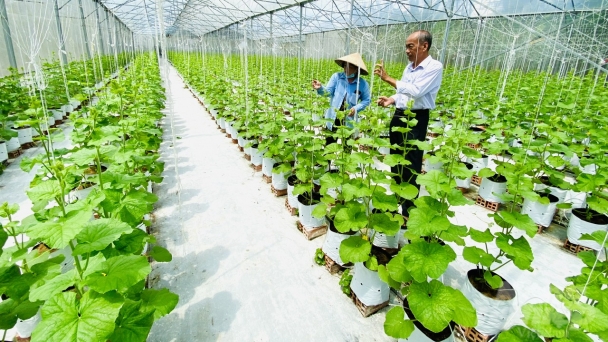
(VAN) According to the development plan for Can Tho in the 2021-2030 period, with a vision for 2045, the city will establish 7 high-tech agricultural zones and 2 concentrated livestock breeding areas.